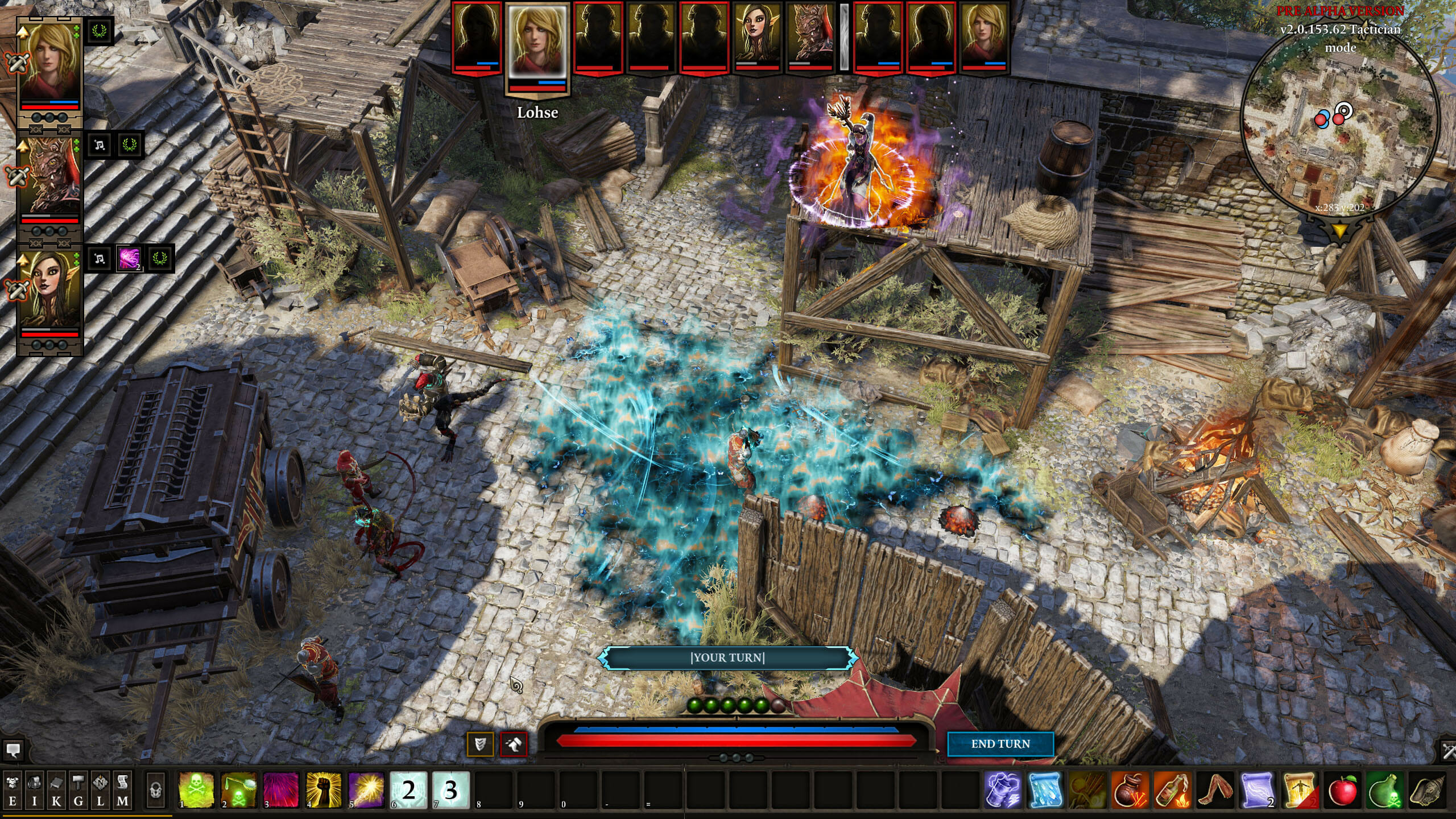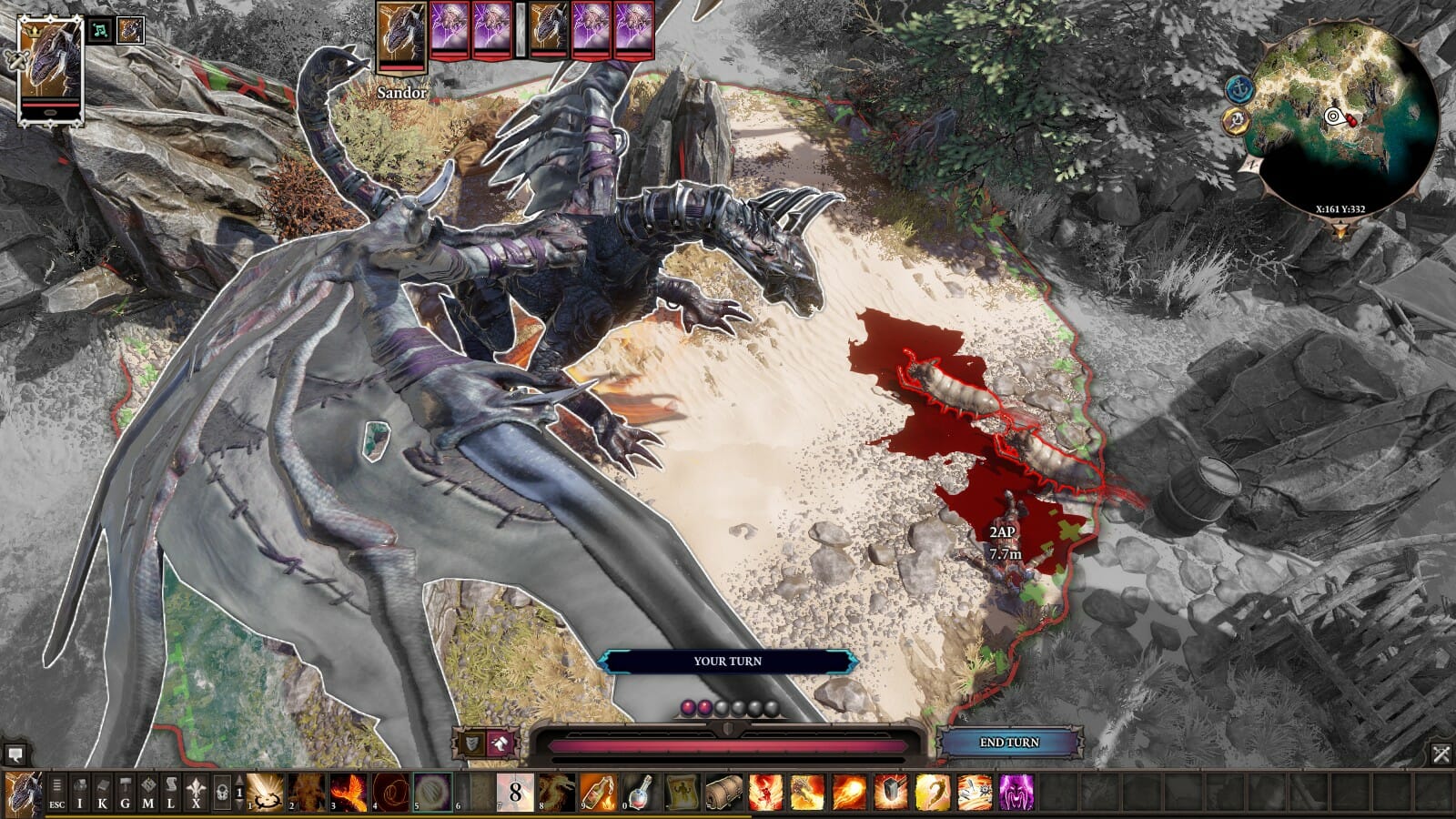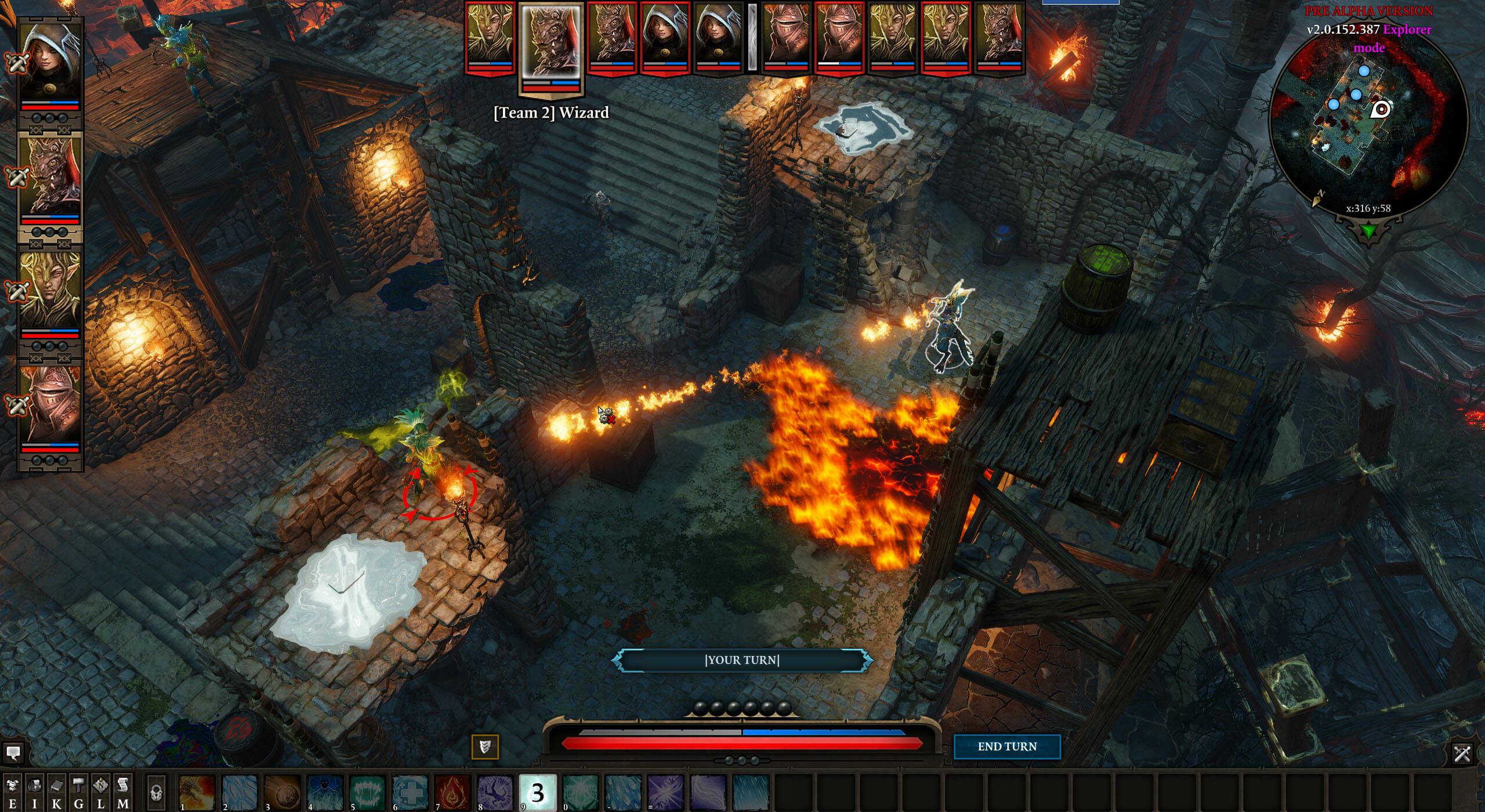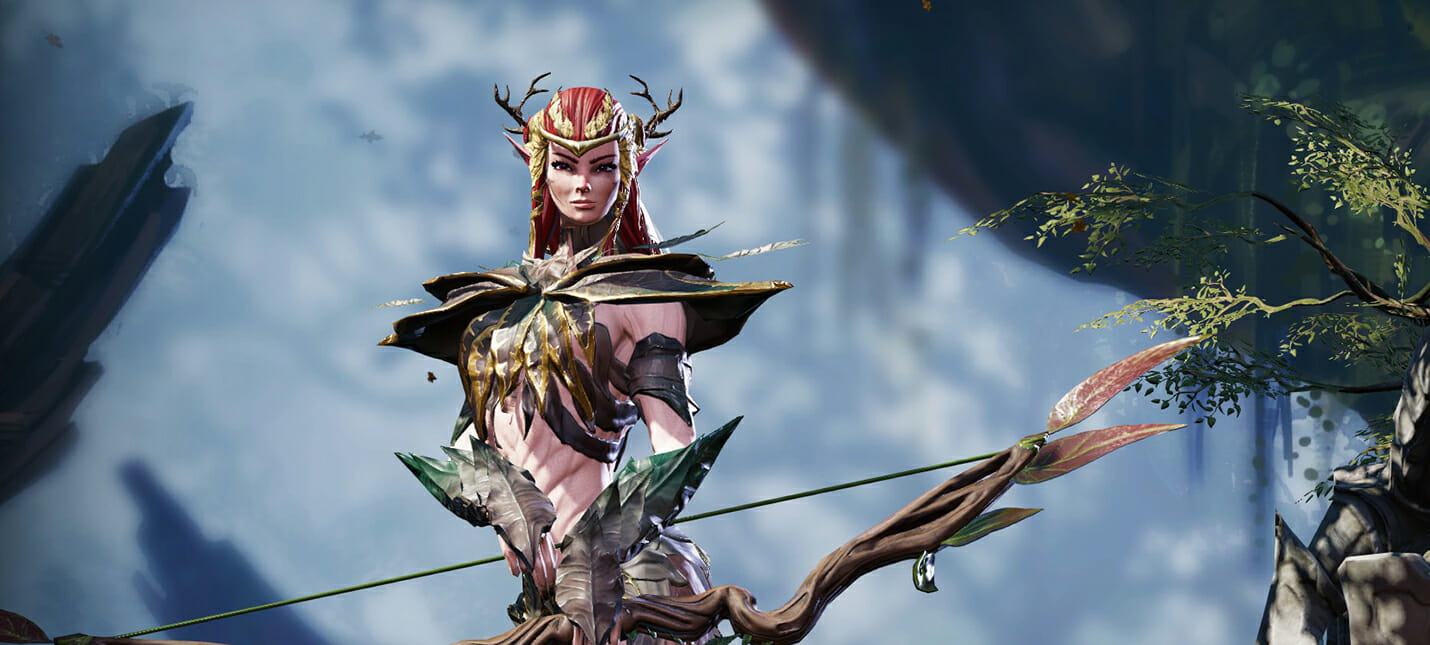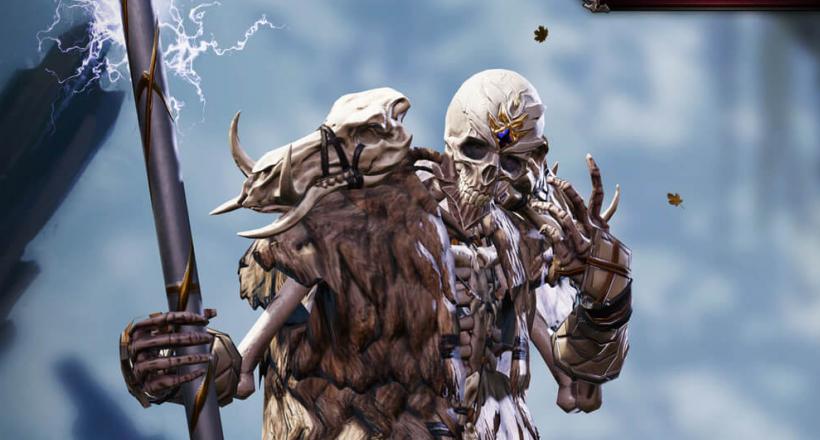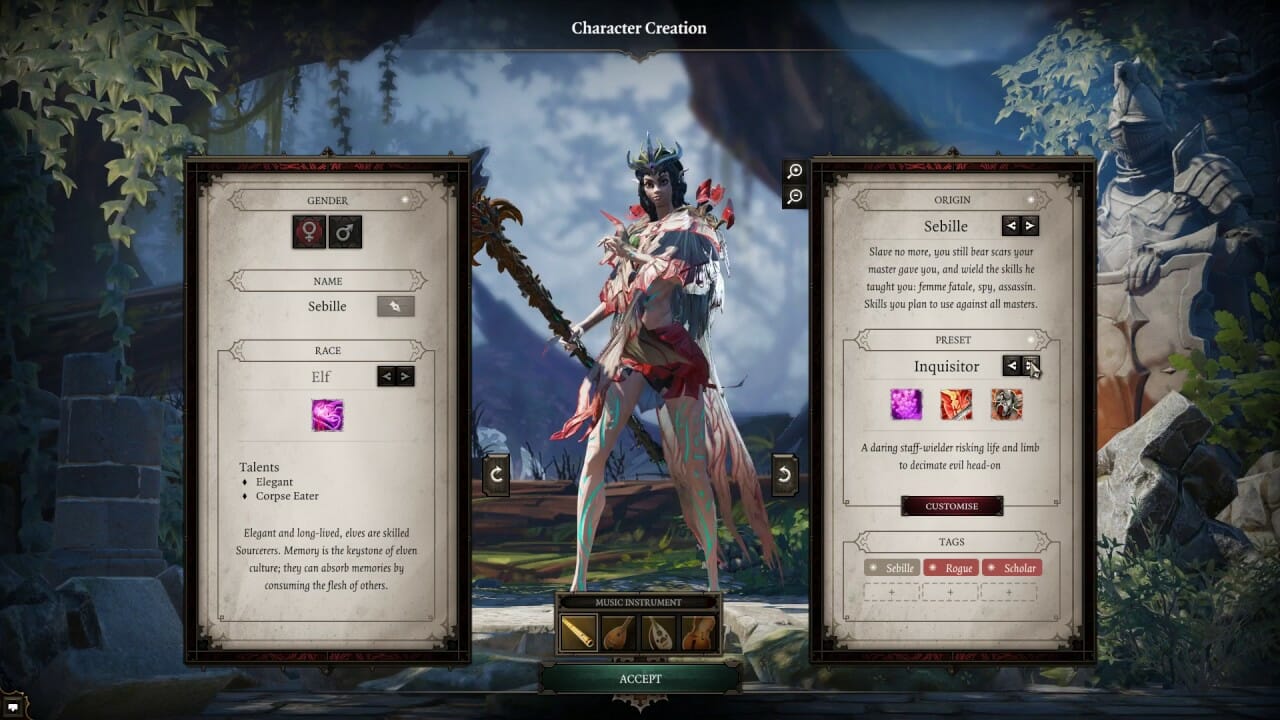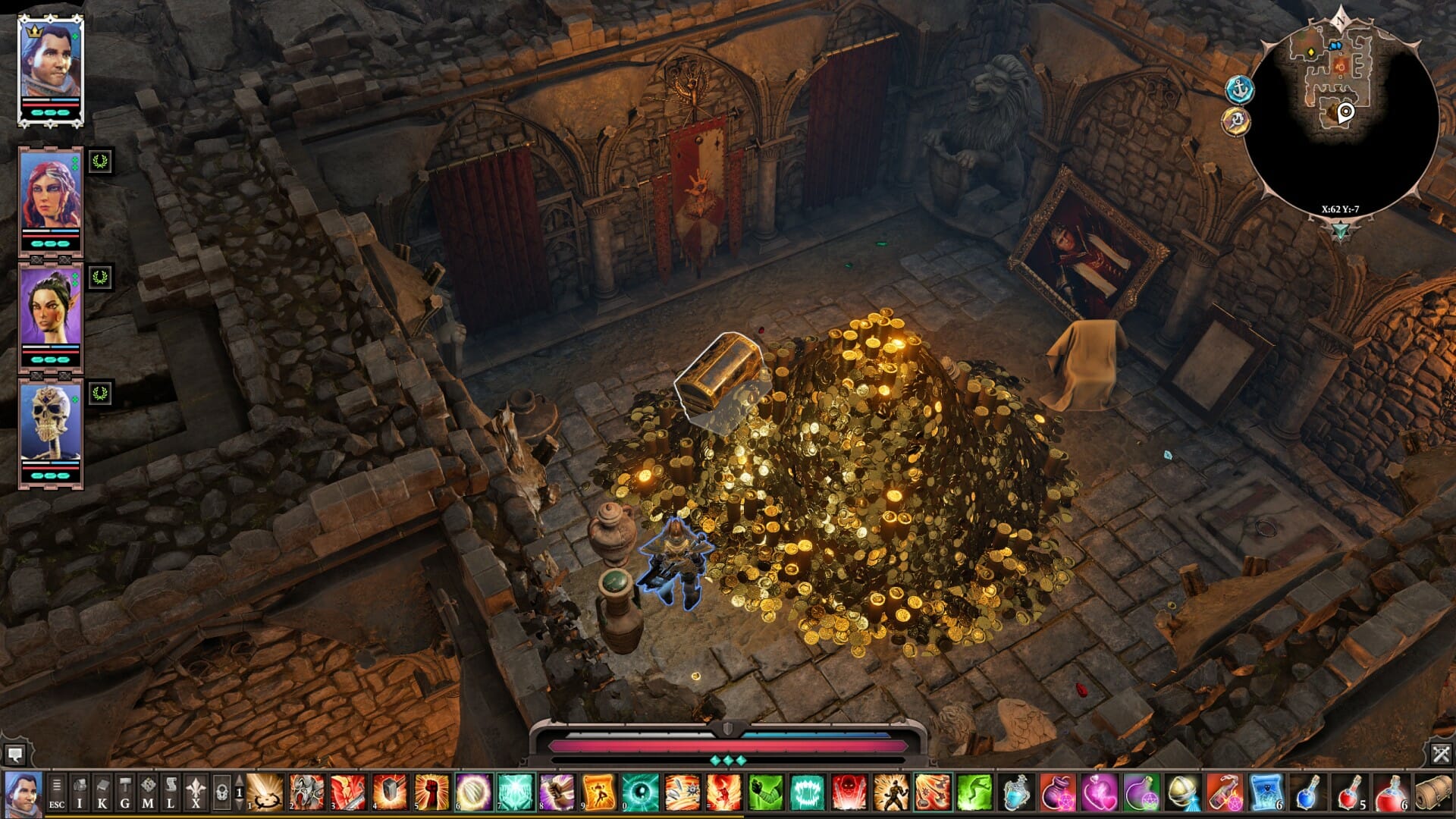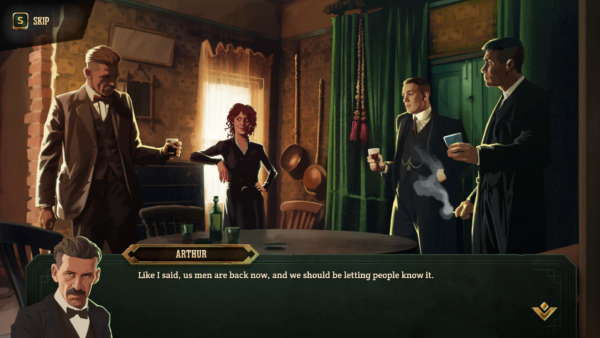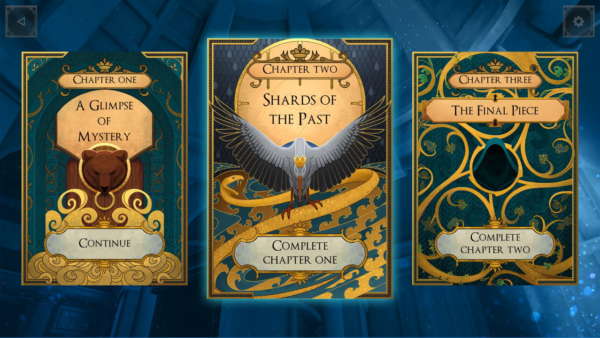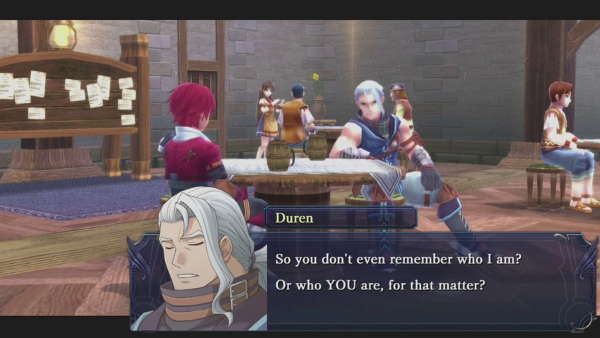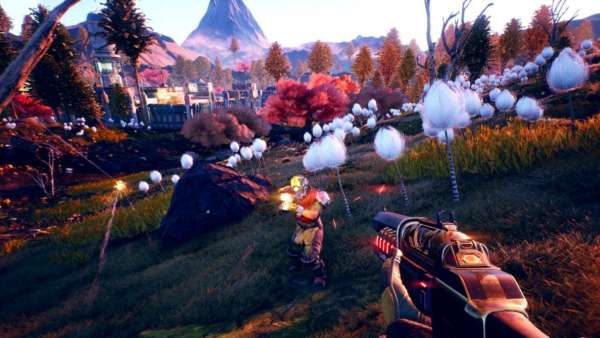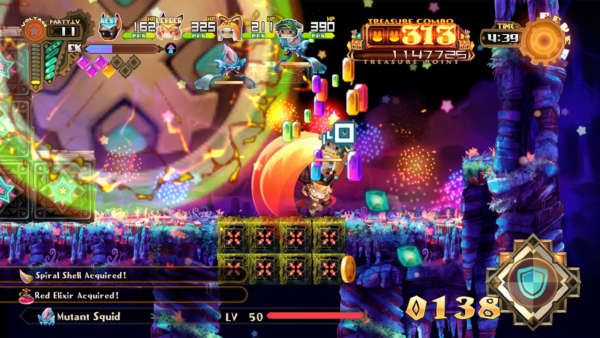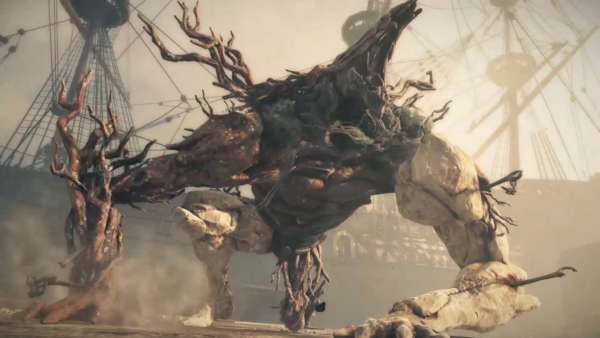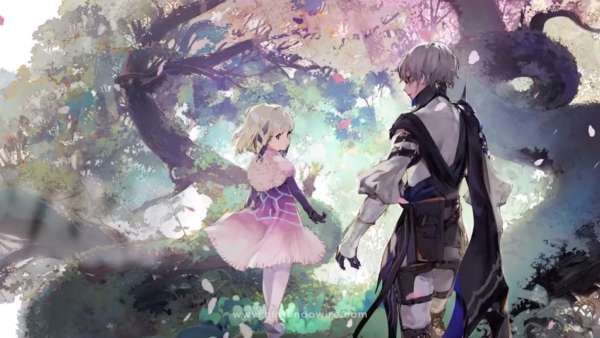Travelling through giant frog invested dungeons, talking to animals for some advice or ancient chambers filled with the boney dead and constantly reviving your fallen comrades in battle are some of the tastes of exploring the world that Divinity Original Sin II – Definitive Edition has to offer.
Normally with games that are re-released as “definitive editions” are usually not much more than the base game and all DLC with some little additions, but Larian Studios have gone above and beyond to deliver a drastically better game than the original. There have been massive changes to the third arc, loads of dialogue changed with spoken parts re-recorded and the game’s battles have been rebalanced to make the difficult curve better as the previous games were known for being hard to get into for newbies.
It’s easy to see from the start that the game has been thought about and improved upon from their own communities feedback. One is a way to ease new players into the game with the tutorial boat at the start of the game. This helps you meet new characters and gets you used to the initial systems, menus and controls. As Divinity can be pretty daunting with the number of menus, systems and subsystems Larian have done a much better job at staggering each of the main ones out and then explaining others you happen to fall upon during the opening hours of the game.
The story has still been rammed with loads of high-fantasy adventures across a huge map with so much to do and even more that you can interact with. Things that you do have an effect on the overall world, even down to killing the wrong person and losing access to their quest lines, items and more. This is what makes the game more enjoyable, it likes to sit in the morally grey area allowing you to choose what is right and wrong through your choices. Think Game of Thrones-esque and what makes it more exciting, Red Wedding included.
